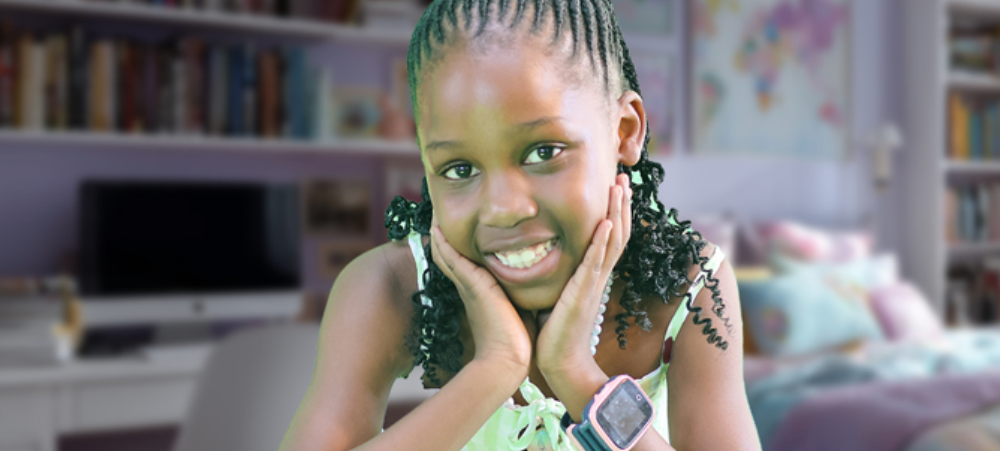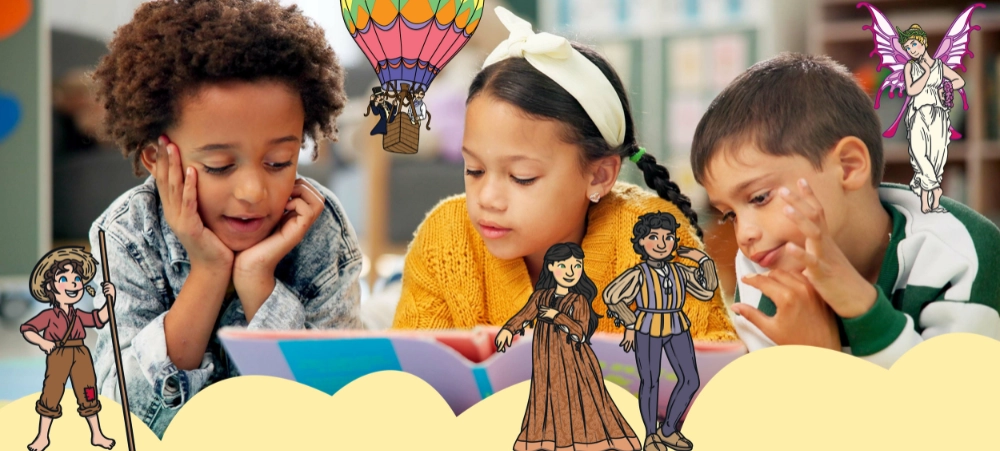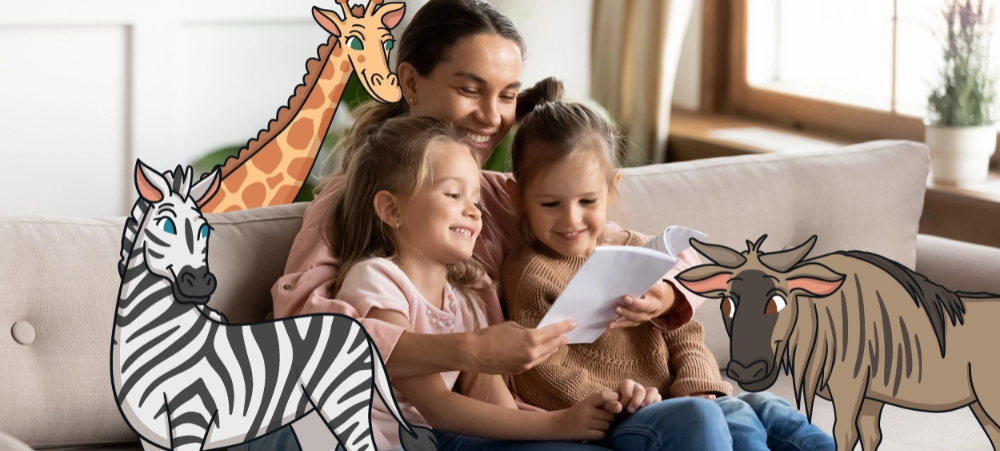“Art is a place for children to learn to trust their ideas, themselves, and to learn what is possible.”– MaryAnn F. Kohl
Art has been a source of communication and recreation for centuries. Art therapy, which emerged as a distinct health discipline in the 1940s, is a form of therapy where creative materials and methods are used to help children explore their thoughts and feelings.
Performed by art therapists and related professionals, it is particularly effective in helping children suffering from anxiety, depression, trauma, and grief. It has also been shown to help children who struggle with learning disabilities, behavioural issues, or developmental delays.
Also read: ADHD: Setting the record straight

The benefits of art therapy include:
- Helping children express their thoughts and feelings.
- Enhancing executive functions such as attention, memory, and spatial orientation.
- Improving language and communication.
- Encouraging exploration.
- Enhancing creativity.
- Promoting self-awareness and boosting self-esteem.
- Improving motor skills.
- Encouraging creative and constructive problem-solving.
Art therapy encompasses visual arts, such as painting, drawing, sculpting, and music and movement, with each component offering specific benefits.
Music, for example, can connect us to our deepest emotions, making it a wonderful therapy tool. Not only does it enhance attention and memory, but it also strengthens creativity, encourages socialisation, and helps children structure language.
Through movement, which includes theatre and dancing, children can integrate the emotional, cognitive, and physical, which helps with spatial orientation and strengthens creativity. Being physically active also does wonders for their mood!
Also read: Why exercise is important for good academic results

Ten things to try at home
Although art therapy is only considered actual therapy when directed by an art therapist, doing art projects at home can still be beneficial. Here are a few guidelines for practising ‘art therapy’ at home:
- Clay: Make or buy clay and let your children make a ‘monster’ to express their feelings or simply let them pound and mould the clay.
- Collage: The physical sensation of handling different materials and textures is very comforting. In addition, the creative process of putting things together in a new and different way helps organise and calm the brain.
- Dancing: Dancing has incredible therapeutic powers because it helps children channel their emotions. Through dance, body awareness is created, which allows children to connect to themselves.
- Drawing: Allow your children to draw what they are feeling, even if those feelings are negative. This allows free expression, especially for children who cannot verbalise their feelings.
Also read: Can homeschoolers take part in extracurricular activities?

- Mandalas: Drawing figures with repeated patterns, such as mandalas, is good for regulating emotions and the nervous system. It can also help children focus their attention and calm down.
- Masks: Creating or decorating a mask can lead to discovering different aspects of our personality. Give children preformed masks or make some out of paper and let them decorate it however they like. When they are finished, let them tell you the story of the mask.
- Nature: Working with natural materials is soothing, and there are myriad items you can make. An added bonus is that children have to walk around outside to find useful materials, which is a natural mood booster.
- Painting: Children’s paintings offer a window into their world without them realising it. Finger painting, especially, is a great way to stimulate different parts of the brain at the same time.
- Puppets: Make puppets from old socks or paper bags, and let children use the puppets to tell you about their feelings and fears.
- Singing: Through song, children can express what they are feeling in a fun and creative way.
Keep in mind that the goal is not necessarily to make something that is pretty because our feelings and emotions aren’t always pretty. Instead, try to focus on the benefits of being creative.
*Please contact a professional art or related therapist if your child is unable to share his or her feelings or becomes behaviourally out of control.
by Danielle Barfoot
- Supporting families facing bullying with a viable alternative - November 11, 2025
- Education beyond the traditional classroom: The benefits of home and online schooling for South African learners - October 9, 2025
- Making Sense of Infinite Content: Why Curation and Curriculum Matter in Online Learning - September 16, 2025





